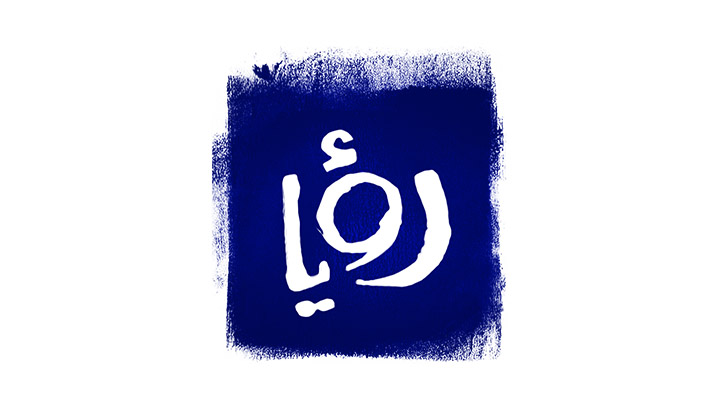Water crisis escalates in Gaza
Published: 2024-01-22 11:29
Last Updated: 2025-03-03 02:25
Editor: Sara Al Faqir

The already dire situation in Gaza has taken a significant turn for the worse as water availability continues to decrease. According to humanitarian partners in the Water, Sanitation, and Hygiene (WASH) sector, municipal wells in Gaza now provide a mere 21,200 cubic meters of water per day, according to a recent report by ReliefWeb.
This marks a drastic reduction from their pre-Oct. 7 production capacity of 255,000 cubic meters daily, highlighting the severe impact of recent hostilities.
Compounding the crisis is the fact that the water from municipal wells is brackish (salty) and substandard. Prior to the escalation of hostilities, the Israeli Occupation-operated water lines supplied optimal safe drinking water.
However, currently, only one of the three Israeli Occupation lines — the Bani Sa’id point — is operational. It yields 22,000 cubic meters per day, less than half of what would be available if all lines were functioning.
Short-term desalination plants, which were already strained, now contribute a mere 1,600 cubic meters per day, a stark contrast to their pre-crisis capacity of 22,000 cubic meters daily. The restrictions on importing critical items have further exacerbated the situation, with water testing kits and chlorine for water treatment unavailable, the report added.
The amalgamation of solid waste and fecal waste, intensified by rains and floods, poses severe health and environmental threats. The World Health Organization (WHO) has reported 152,000 cases of diarrhea, and the inability to perform water chlorination to eliminate bacteria is worsening the situation.
Health and WASH partners have initiated an Acute Watery Diarrhea preparedness and response plan, emphasizing the urgency of removing barriers to the import of critical items to facilitate an adequate response. The situation demands immediate attention and intervention to avert a full-blown humanitarian crisis.



